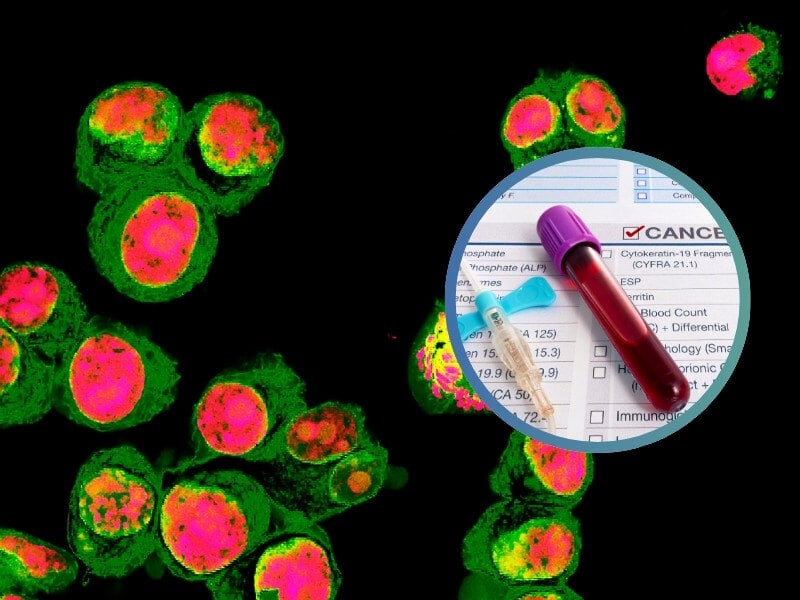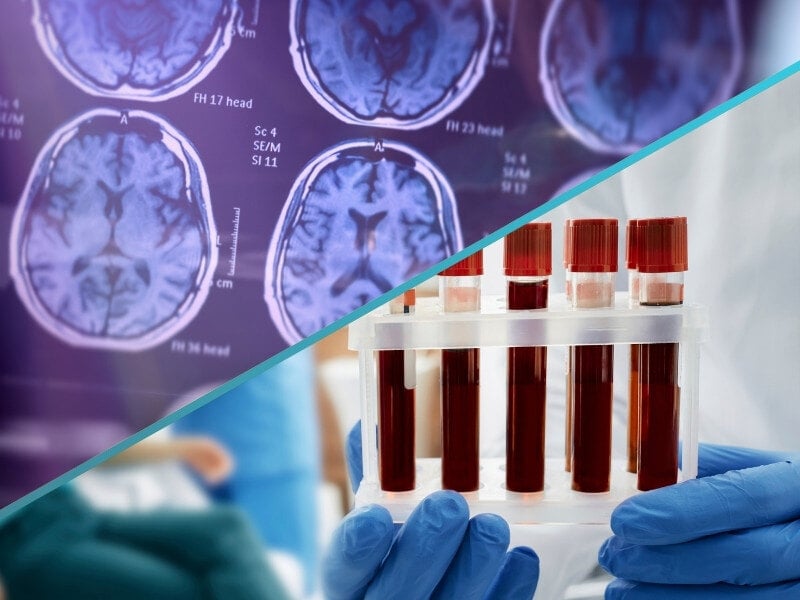Proteomic Analysis of Serum Extracellular Vesicles Reveals Potential Biomarkers for Neuroblastoma

A research group out of Shanghai Children's Medical Center, Shanghai Jiao Tong University have published a study in Frontiers Oncology which outlines the discovery and validation of biomarkers for the diagnosis of neuroblastoma. The study looks specifically at proteomic analysis of small extracellular vesicles in blood serum, a new avenue for biomarker discovery which currently has significant interest in the scientific community.
The test population included 30 neuroblastoma patients, 30 healthy controls, and 10 patients that presented with tumorous diseases that were not neuroblastoma, including: pilomatricoma (n=4), teratoma (n=2), mucinous cystadenoma (n=1), Hodgkin lymphoma (n=1), hepatoblastoma (n=1) and an unknown tumour (n=1).
Read more:
- Blood Biomarkers Signal Increased Risk of Alzheimer's & MND After Multiple Rugby Concussions
- Feinstein Institutes Links Blood Biomarkers to Psychosis in Alzheimer's Patients
- Blood Test for Alzheimer's Granted Breakthrough Device Status by FDA
Tumour tissues were taken from these patients and stained. Peripheral blood samples were also taken, processed to isolate serum, and frozen until they were later used. When the serum was thawed, the team performed small extracellular vesicle extraction.
Once the extracellular vesicles were extracted and proteins extracted from the extracellular vesicles, the team performed analysis to determine particle and protein concentrations, and the ultrastructure of the extracellular vesicles. Furthermore, the team performed a battery of proteomic data, bioinformatic, and statistical analyses.
Ten patients from the neuroblastoma group, and ten patients from the healthy control group were enrolled for the discovery phase of the experiment, with the others joining for the validation phase.
104 differentially expressed proteins (DEPs) were identified in the neuroblastoma group. From this, the team analysed the association between the genes encoding these DEPs and neuroblastoma prognosis. This returned 15 upregulated proteins and 15 downregulated proteins which were independently associated with survival of neuroblastoma patients.
"Consistently, genes encoding upregulated proteins were expressed at higher levels in high-risk NB [neuroblastoma] than in low-risk NB, while genes encoding downregulated proteins showed the opposite pattern. Collectively, these findings imply that the serum extracellular vesicles have potential as biomarkers for evaluating clinical outcomes in patients with NB."
With this in mind, the team then set about the validation of these potential biomarkers using MRM analysis. They ended up with seven proteins that were "significantly differentially expressed in the discovery and validation phases and were significantly related to patient prognosis in the NB SEQC cohort to construct a logistic regression model."
Furthermore, these seven proteins "BSG, HSP90AB1, SLC44A1, CHGA, ATP6V0A1, ITGAL and SELL showed the strong ability to distinguish NB patients from healthy controls and non-NB patients as well."
The paper concludes that biomarkers derived from extracellular vesicles may be beneficial to diagnosis of neuroblastoma and could constitute a unique strategy for the detection and treatment of the disease.









_1.jpg)